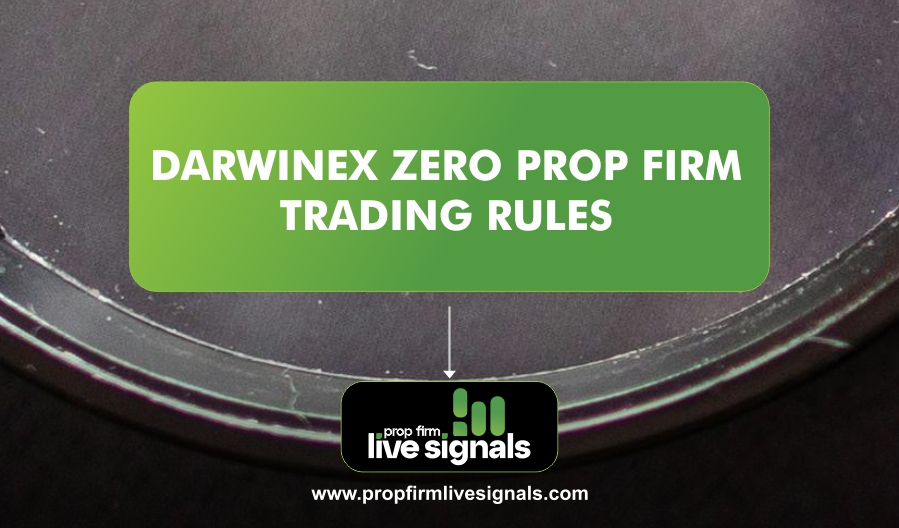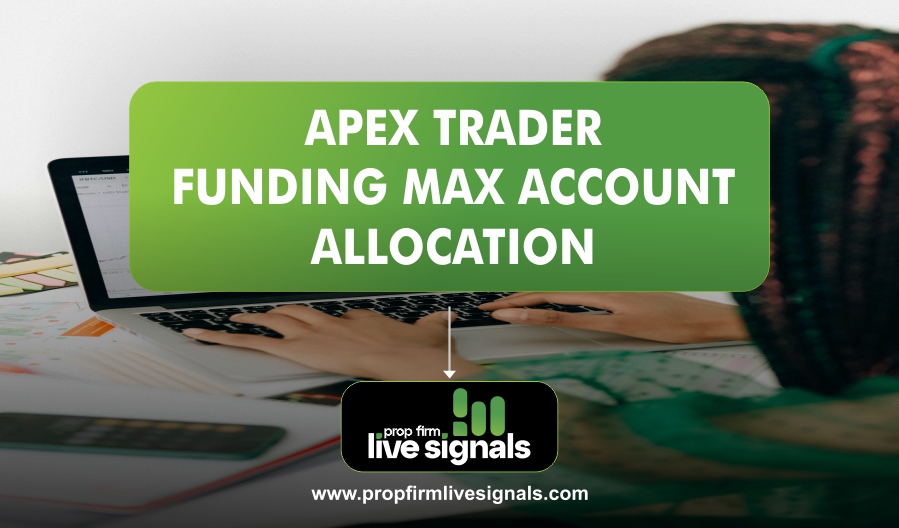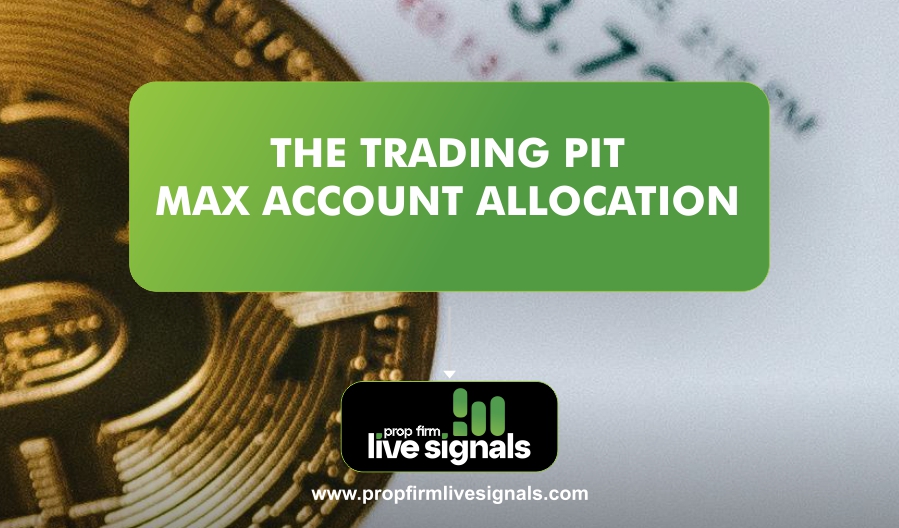Proprietary trading firms (prop firms) provide traders with an opportunity to trade with the firm’s capital rather than their own. In return, traders must demonstrate their ability to generate profits while adhering to strict risk management rules. The evaluation process typically consists of two stages: the Challenge Phase and the Verification Phase. Passing these phases grants traders access to a funded account where they can trade with significantly higher capital and earn a share of the profits.
The use of High-Frequency Trading (HFT) in prop firm challenges has gained attention due to its ability to execute trades at lightning speed, capitalize on micro-price fluctuations, and exploit inefficiencies in the market. However, not all prop firms allow HFT, and those that do may impose restrictions to ensure fairness and sustainability. Additionally, HFT requires robust technological infrastructure, access to low-latency execution, and a deep understanding of algorithmic trading strategies.
Understanding Prop Firm Account Evaluations
Most proprietary trading firms have structured evaluation phases to determine if a trader can manage risk effectively while remaining profitable. Generally, the process involves two stages:
- Evaluation Phase (Challenge Phase) – Traders must achieve a specific profit target (e.g., 8-10%) while adhering to rules such as daily drawdown limits, maximum loss limits, and minimum trading days.
- Verification Phase – Once the trader successfully passes the first stage, they must prove consistency by meeting another, often lower, profit target while following risk management guidelines.
Each phase typically has a minimum number of required trading days, ranging from 5 to 30 days, depending on the firm. Some firms allow traders to complete the challenge as quickly as possible, while others impose restrictions.
What is High-Frequency Trading (HFT)?
High-Frequency Trading (HFT) is a trading strategy that uses algorithms to execute a high volume of trades within milliseconds. It relies on speed, low-latency execution, and advanced algorithms to capitalize on small price movements. HFT strategies often involve:
- Market-making – Providing liquidity by placing both buy and sell orders simultaneously.
- Statistical arbitrage – Exploiting small price inefficiencies across different markets.
- Latency arbitrage – Profiting from faster access to market data.
Due to its speed and efficiency, HFT has the potential to complete prop firm challenges much faster than traditional manual trading methods.
What is High-Frequency Trading (HFT)?
High-Frequency Trading (HFT) is a trading strategy that uses algorithms to execute a high volume of trades within milliseconds. It relies on speed, low-latency execution, and advanced algorithms to capitalize on small price movements. HFT strategies often involve:
- Market-making – Providing liquidity by placing both buy and sell orders simultaneously.
- Statistical arbitrage – Exploiting small price inefficiencies across different markets.
- Latency arbitrage – Profiting from faster access to market data.
Due to its speed and efficiency, HFT has the potential to complete prop firm challenges much faster than traditional manual trading methods.
How Long Does it Take to Pass a Prop Firm Account with HFT?
The time it takes to pass a prop firm challenge using HFT depends on several factors:
1. The Prop Firm’s Rules and Restrictions
Not all prop firms allow HFT. Some explicitly prohibit it due to its potential for excessive risk-taking and server load issues. If HFT is allowed, the minimum trading day requirement (e.g., 5, 10, or 30 days) will directly impact the time needed to complete the challenge.
2. Trading Conditions
HFT strategies rely on:
- Liquidity – Highly liquid markets like forex and major indices enable faster execution.
- Latency – Execution speed is crucial, and prop firms with slower execution speeds can negatively affect performance.
- Slippage and spreads – Tight spreads and minimal slippage help maximize profitability.
If all conditions are favorable, an HFT trader could theoretically pass the challenge within a few hours or days.
3. Profit Targets and Risk Management
A trader using HFT can reach profit targets quickly, but they must also manage risk effectively. If a prop firm requires an 8% profit target with a 5% drawdown limit, traders must balance aggressive strategies with strict risk management.
4. Execution Speed and Technology
The performance of HFT strategies depends on:
- Broker execution speed
- Server latency
- Algorithm efficiency
If the technology is optimized, traders can execute thousands of trades in minutes, significantly reducing the time needed to pass the challenge.
Potential Challenges of Using HFT in Prop Firm Evaluations
While HFT can help traders pass challenges quickly, it comes with its own set of challenges:
- Prop Firm Restrictions – Many prop firms disallow HFT due to the high server load and risk associated with rapid trading.
- Slippage and Execution Issues – Some firms may have execution delays, which can reduce the effectiveness of HFT strategies.
- Increased Trading Costs – HFT generates a high volume of trades, leading to increased commission and spread costs.
- Risk of Violating Rules – Rapid trading can sometimes unintentionally violate rules such as maximum drawdown or daily loss limits.
Conclusion
Passing a prop firm challenge using High-Frequency Trading can significantly reduce the time required compared to traditional methods. However, the feasibility depends on the firm’s rules, trading conditions, and execution speed. While HFT offers speed and efficiency, it also presents risks such as increased trading costs, execution issues, and potential rule violations. Traders considering HFT for prop firm accounts should carefully evaluate the firm’s policies and ensure they have the necessary infrastructure to execute trades effectively.
Frequently Asked Questions (FAQs)
Can You Use HFT to Pass a Prop Firm Challenge?
It depends on the prop firm’s policies. Some allow it, while others have strict restrictions against HFT.
What is the Fastest Time to Pass a Prop Firm Account Using HFT?
If there are no minimum trading day requirements, a well-optimized HFT strategy can theoretically pass the challenge within a few hours.
Do Prop Firms Provide the Infrastructure Needed for HFT?
Most prop firms use retail trading platforms like MetaTrader 4/5, which are not ideal for true HFT. Institutional-grade infrastructure is usually required for optimal HFT performance.
What are the Best Markets for HFT in Prop Firm Accounts?
Forex major pairs (EUR/USD, GBP/USD), indices (S&P 500, NASDAQ), and commodities (gold, oil) are preferred due to high liquidity.
What Happens If My HFT Strategy Causes a Rule Violation?
If your trades exceed limits (drawdown, lot size, trading frequency), the account may be flagged or disqualified.




